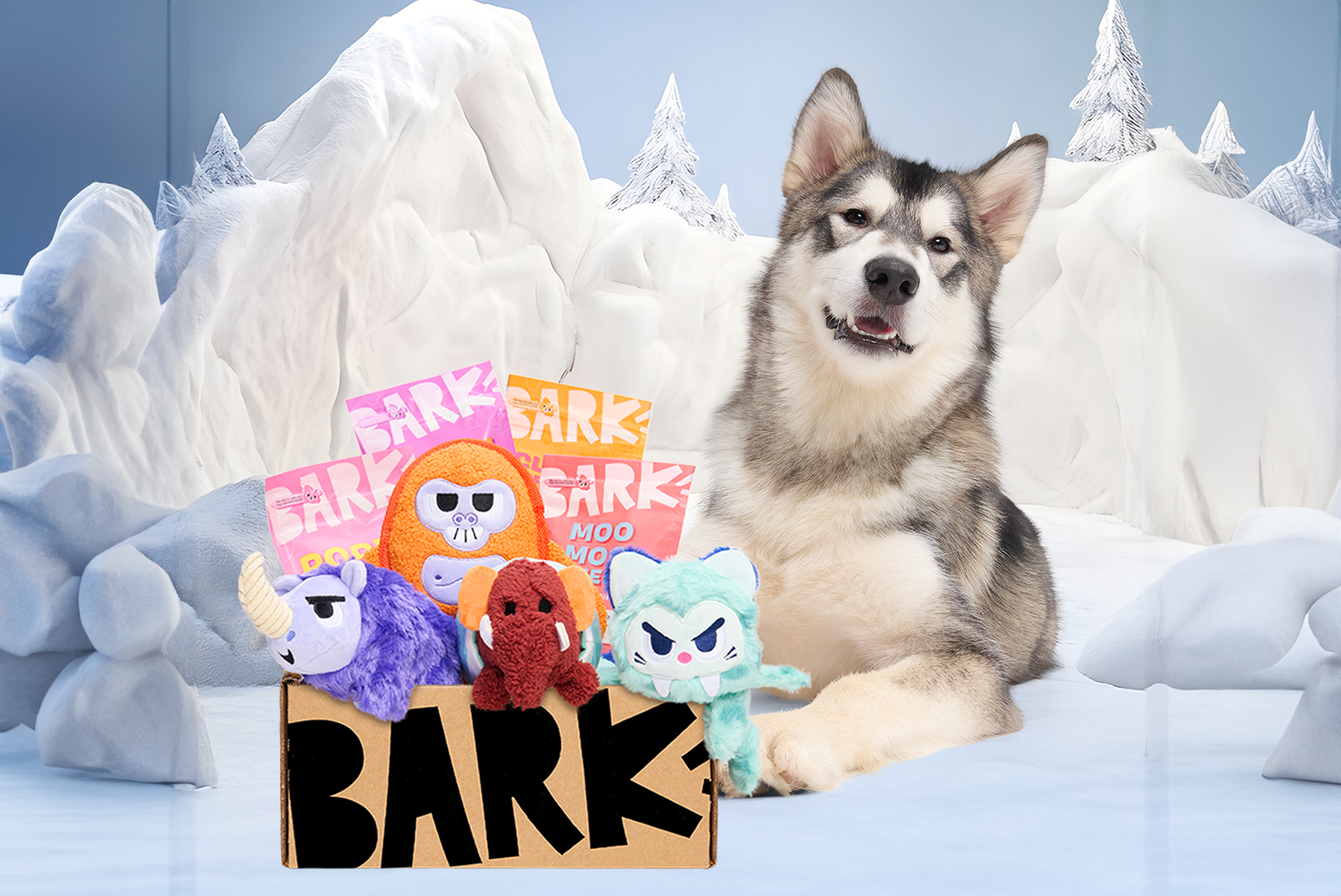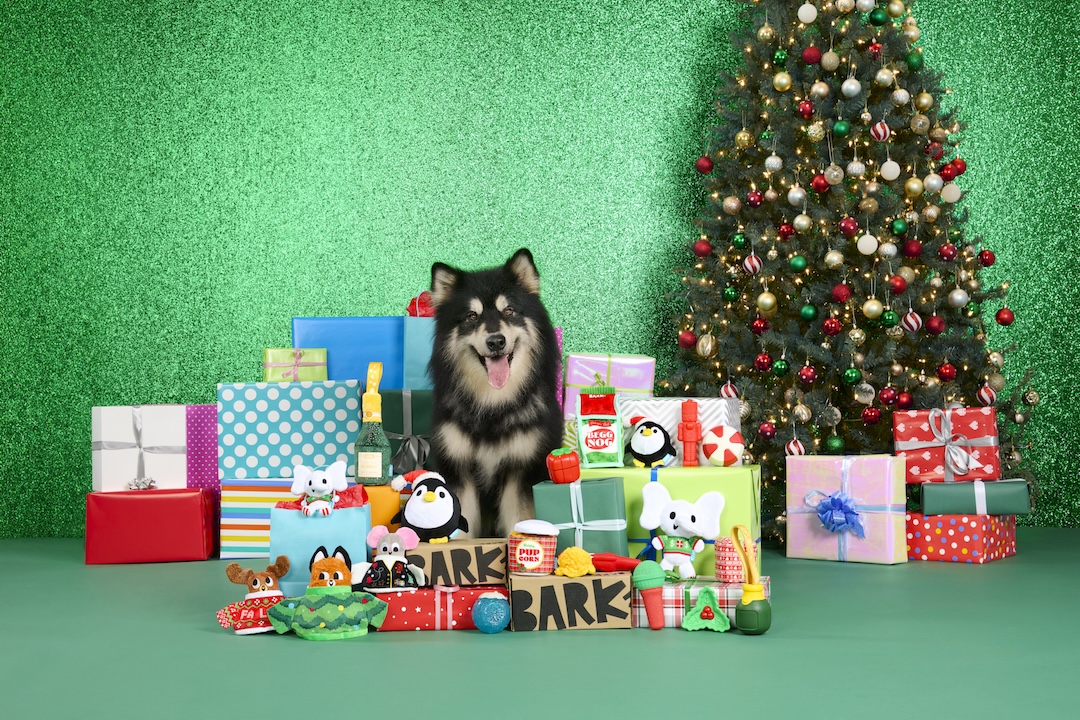Seeking out a companion that can keep a cool head? Rhodesian ridgebacks are an even-keeled breed, notable for their affection and independence. Bred to hunt across the African safari, Rhodesian ridgebacks are a powerful and elegant dog breed, identifiable by their stripe of backward-growing hair across their spine—hence the name “ridgeback.”
Despite their muscular build, this breed doesn’t shy away from fun times with their puppy parents. With a red wheaten coat, a powerful haunch, and that classic hound face, the Rhodesian ridgeback makes for a loyal and protective friend or excellent guard dogs for any family.
Breed Overview
Also Known As…
Red Runner, Rhodie, and Ridgie. The Zimbabwe Zipperback. The Mighty Dog with the Mighty Mohawk. And most often, The African Lion Hound. Always up for a roaring good time.
What Is The History Of The Rhodesian Ridgeback?
The history of the Rhodesian ridgeback African dogs began on the plains of southern Africa, in the former country of Rhodesia, now known as Zimbabwe.1
In the 1600s, when the Dutch first began building trade routes through southern African ports, they came across a breed of dog unique to the native Khoikhoi people. The Dutch colonists, known as the Boers, immediately took note of the distinctive dogs—the backward stripe of hair growing across their backs, their strong prey drives, and their ability to withstand encounters with the toughest African wildlife. The Dutch had also brought along their own pups and eventually began breeding them with the Khoikhoi dogs. The results were a breed that retained their “ridgeback,” as well as traits from greyhounds and terriers.
By the late 19th century, the Rhodesian ridgeback began to earn its stripes as a premier hunting dog. Of course, these pups weren’t helping hunt ducks or rabbits—they were going after the kings of the jungle. You’ve got that right—Rhodesian ridgebacks were first used to hunt lions, thanks to their lightning-fast reflexes and their formidable constitutions. While these adult dog breeds weren’t literally taking down big game, they were assisting their human masters with finding and distracting their target by sometimes guiding predators in the opposite direction of safety..
In 1922, the breed standard was finally established. It wasn’t long before this guard dog left the safari and began making its home in households throughout the world (the breed even inspired an entire organization in Great Britain!). Today, many ridgebacks prefer prowling the backyard as opposed to lion hunting, and while their strength and prey drive remains, they’re happy to put the hunting on pause and enjoy a bit of cuddling instead.
How Big Do Rhodesian Ridgebacks Get?
Height: 24–27 inches
Weight: 70–85 pounds
How Long Do Rhodesian Ridgebacks (Generally) Live?
10 to 12 years is about the average lifespan for this hearty breed. You can expect many happy years with your ridgeback.
What Is A Rhodesian Ridgeback’s Temperament & Personality Like?
You might expect these lion-hunters to have an air of arrogance. After all, they did help take down one of nature’s most fearsome beasts. Fortunately, the Rhodesian ridgeback has remained humble, despite its massive talents. Rhodesian ridgebacks are rather easygoing, even mistaken for lazy sometimes. Of course, the right toy could help bring out this breed’s more excitable side.
Are Rhodesian Ridgebacks Good With Kids? Cats? Dogs?
When it comes to puppy patience, Rhodesian ridgebacks can handle nearly anything—and that includes kids. While these strong animals might accidentally knock a toddler over, they’re generally lovely around children and robust enough to handle playtime with little ones. That said, you’ll want to educate any children about the proper way to handle and treat animals. Tail pulling and excessive rough housing are no fun for any breed of pup.
If you’re looking to expand your family of fur babies, you’re in luck. Rhodesian ridgebacks are usually very friendly around other dogs, though you may notice your ridgeback makes plays for dominance if you have several male dogs in the house. Additionally, this breed can live a happy life alongside cats, though this works best if both animals are raised together from a young age. Ridgebacks may have a hard time adjusting to a new kitten in the family—though they’re not likely to revert to their lion hunting instincts.
Are Rhodesian Ridgebacks High Energy?
This dog was bred to run for miles in hot pursuit of its prey, and even after leaving the safari, ridgebacks have retained their energetic temperaments. Though they may be happy to laze around for most of the day, this breed demands a significant amount of exercise. To maintain your ridgeback’s physical and mental health, try to provide about 2 hours of exercise per day.
Exercise doesn’t just mean a walk around the neighborhood. Ridgebacks love the opportunity to run free, so find places where they can go leashless—why not bring a fetch toy along with you? This breed loves any excuse to show off their hunting skills, even if they’re just hunting a rubber ball.
Are Rhodesian Ridgebacks Hard To Train?
Highly intelligent and independent dogs can be a little more complicated to train than more group-oriented breeds like the German shepherd or Australian shepherd. breeds. While the Rhodesian ridgeback is certainly smart enough to learn plenty of commands, they might offer you a hard time when it comes to dog training.
Fortunately, there are plenty of ways to encourage good behavior. First and foremost, ridgebacks are deeply invested in their owner’s happiness, so reward good behavior with positive reinforcement and praise. Additionally, don’t skimp on the treats. A tiny bite of a favorite snack can keep your large dog focused on the task and make training the African Lion dog significantly easier.
Do Rhodesian Ridgebacks Have Health Issues?
While large breeds like Great Danes, Irish wolfhounds, and Saint Bernards can face dog health issues and shortened lifespans, most Rhodesian ridgebacks live long, happy lives. Not only is this breed muscular and vigorous on the outside, but they’re also resilient and healthy on the inside. With standard preventative veterinary treatment, you can look forward to spending many years with your ridgeback by your side.
That said, all breeds are susceptible to illness and injury. Rhodesian ridgeback health is specifically affected by a variety of medical issues including:
- Hip and elbow dysplasia – Medium and large breeds are more likely to develop joint issues than smaller pups. If you notice your ridgeback strangling behind on walks or taking a little too long to get up from a resting position, consider setting up an appointment with your vet to diagnose the problem.2
- Hyperthyroidism – Weight gain and lethargy are common symptoms of hyperthyroidism. This hormonal condition can slow down metabolic function and while it’s most common in adult, middle-aged dogs, it’s easily managed with medication.3
Additionally, Rhodesian ridgebacks may be genetically prone to deafness. Your vet can perform tests to determine whether your dog is dealing with hearing loss in their ears or if they’re just tuning you out.
Do Rhodesian Ridgebacks Need To Be Groomed?
Basic grooming is essential for every dog. That means ear-cleaning, bathing, brushing, nail clipping, and brushing. Lucky for you, Rhodesian ridgebacks are low-maintenance pups known for keeping themselves generally clean. You’ll still want to bathe them every 4 to 8 weeks and keep up on minor grooming maintenance—but there’s no need for any major haircuts. That iconic look? All natural.
Do Rhodesian Shed?
While this breed does have short, coarse hair, they’re still natural shedders. You might not be vacuuming on a daily basis, but you can still expect regular shedding in addition to seasonal shedding in the spring and fall.
How Much Does It Cost To Care For A Rhodesian Ridgeback?
Ready to adopt? It might be practical to consider your yearly budget for your pet. Rhodesian ridgeback owners can expect to spend anywhere from $600 to $2000 a year on their dogs. It’s just a drop in the bucket for a lifetime of happiness with your perfect pup, right?
Food
Large, active dogs demand a sizeable amount of food. That could be 3 to 5 cups of kibble every day, adding to $60 to $100 per month. Brand costs will vary significantly, and if you’re aiming for a healthy option that hits all your dog’s nutritional needs, you could be spending even more.
Skip the store-bought food and sign up for doggy delicacies delivered straight to your door. BARK Eats offers pre-portioned dog food crafted by veterinary nutritionists. Every bite is designed with your dog in mind, so if you’re searching for a meal fit for your Rhodesian ridgeback, look no further. Sign up today to get 50% off your first month!
Routine Vet Care (Healthy Dog)
Most pups don’t exactly love going to the vet, but it’s absolutely essential to ensure their health and happiness in the long run. Vet visits typically cost between $40 and $80 a pop. If your vet recommends further testing or x-rays, you may find yourself spending hundreds or even thousands to diagnose your dog. Fortunately, preventative care can help minimize serious health risks and mitigate veterinary costs. Make it part of your yearly routine.
Preventative Medications For Rhodesian Ridgebacks
Firstly, expect to spend $100 to $200 getting your young pup vaccinated. Although a purebred dog, Rhodesian ridgebacks are susceptible to distemper, rabies, and canine parvovirus, just the same as any other breed. Additionally, heartworm and tick medication is a yearly expense, typically totaling $100 or more, depending on your dog’s size. Pet insurance for this breed might be helpful in managing monthly expenses.
Rhodesian Ridgeback Grooming
Stop by your local pet supply store (or go online) to grab all the grooming essentials. The average dog owner can spend less than $100 buying the brushes, shampoo, clippers, and cleaning supplies necessary for good puppy health.
Dog ownership isn’t all it’s cracked up to be, so if you’re interested in sharing grooming duties with a professional, consider contacting a local grooming service and inquiring about pricing. For a full-grown Rhodesian ridgeback, you could spend $50 per service, with a grooming bill that adds up to the $100s.
Toys, Treats, Beds, & Accessories
Show your Rhodesian ridgeback some affection in the form of cute toys, tasty treats, and a few accessories to make them feel like they’re at home. From the moment you bring your dog home, you can have a blast exploring a variety of treats and toys to discover what they like best. At the end of the day, you may be spending $100 or more on these items, though you can always search for budget-friendly options if you’re looking to save.
Speaking of savings, what’s a better deal than 2 toys, 2 big bags of treats, and a tasty chew delivered straight to your door for just $23? BarkBox is your source for ridgeback-friendly goodies every month. Now you can double your first box for free. If your ridgeback is looking for a tougher treat to gnaw on, upgrade to the Super Chewer Box. Starting at $29/month, you’ll get 2 fluff-free, durable toys, 2 full-size bags of treats, and 2 meaty chews. Plus, you can double this order, too!
Remember, when it comes to your ridgie, you don’t have to do it alone. There are several services you can call on to make life with your Rhodesian ridgeback a little bit easier, including:
- Dog-walkers ($15–$30 per session)
- Trainers ($20–$100 per session)
- Doggy daycare ($15–$40 per day)
Sources:
- AKC. Rhodesian Ridgeback History: Hunting Lions & Fending Off Baboons. https://www.akc.org/expert-advice/dog-breeds/the-rhodesian-ridgeback-once-hunted-lions/
- PetMD. Abnormal Development of the Elbow in Dogs. https://www.petmd.com/dog/conditions/musculoskeletal/c_dg_elbow_dysplasia
- PetMD. Hypothyroidism in Dogs. https://www.petmd.com/dog/conditions/endocrine/c_dg_hypothyroidism
- AKC. Rhodesian Ridgeback. https://www.akc.org/dog-breeds/rhodesian-ridgeback/
- PetMD. Rhodesian Ridgeback. https://www.petmd.com/dog/breeds/c_dg_rhodesian_ridgeback





